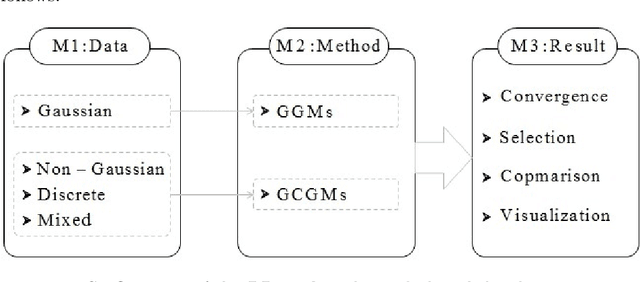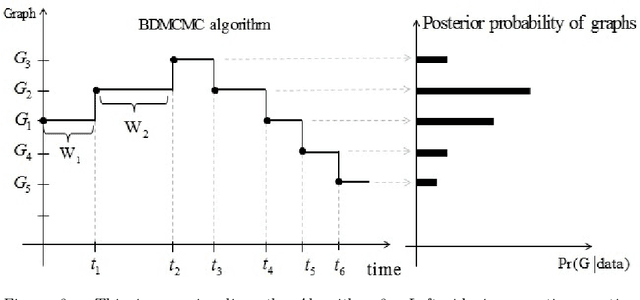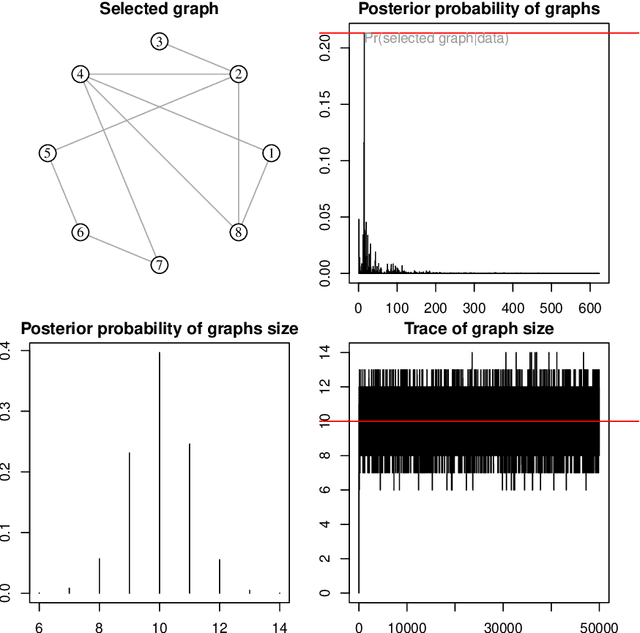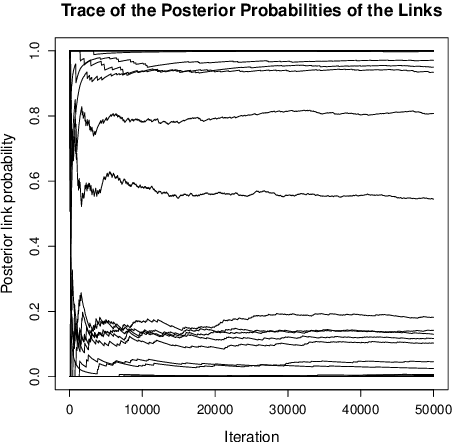Ernst C. Wit
Modeling non-linear Effects with Neural Networks in Relational Event Models
Dec 19, 2023Abstract:Dynamic networks offer an insight of how relational systems evolve. However, modeling these networks efficiently remains a challenge, primarily due to computational constraints, especially as the number of observed events grows. This paper addresses this issue by introducing the Deep Relational Event Additive Model (DREAM) as a solution to the computational challenges presented by modeling non-linear effects in Relational Event Models (REMs). DREAM relies on Neural Additive Models to model non-linear effects, allowing each effect to be captured by an independent neural network. By strategically trading computational complexity for improved memory management and leveraging the computational capabilities of Graphic Processor Units (GPUs), DREAM efficiently captures complex non-linear relationships within data. This approach demonstrates the capability of DREAM in modeling dynamic networks and scaling to larger networks. Comparisons with traditional REM approaches showcase DREAM superior computational efficiency. The model potential is further demonstrated by an examination of the patent citation network, which contains nearly 8 million nodes and 100 million events.
BDgraph: An R Package for Bayesian Structure Learning in Graphical Models
Dec 07, 2017



Abstract:Graphical models provide powerful tools to uncover complicated patterns in multivariate data and are commonly used in Bayesian statistics and machine learning. In this paper, we introduce an R package BDgraph which performs Bayesian structure learning for general undirected graphical models with either continuous or discrete variables. The package efficiently implements recent improvements in the Bayesian literature. To speed up computations, the computationally intensive tasks have been implemented in C++ and interfaced with R. In addition, the package contains several functions for simulation and visualization, as well as two multivariate datasets taken from the literature and are used to describe the package capabilities. The paper includes a brief overview of the statistical methods which have been implemented in the package. The main body of the paper explains how to use the package. Furthermore, we illustrate the package's functionality in both real and artificial examples, as well as in an extensive simulation study.
 Add to Chrome
Add to Chrome Add to Firefox
Add to Firefox Add to Edge
Add to Edge